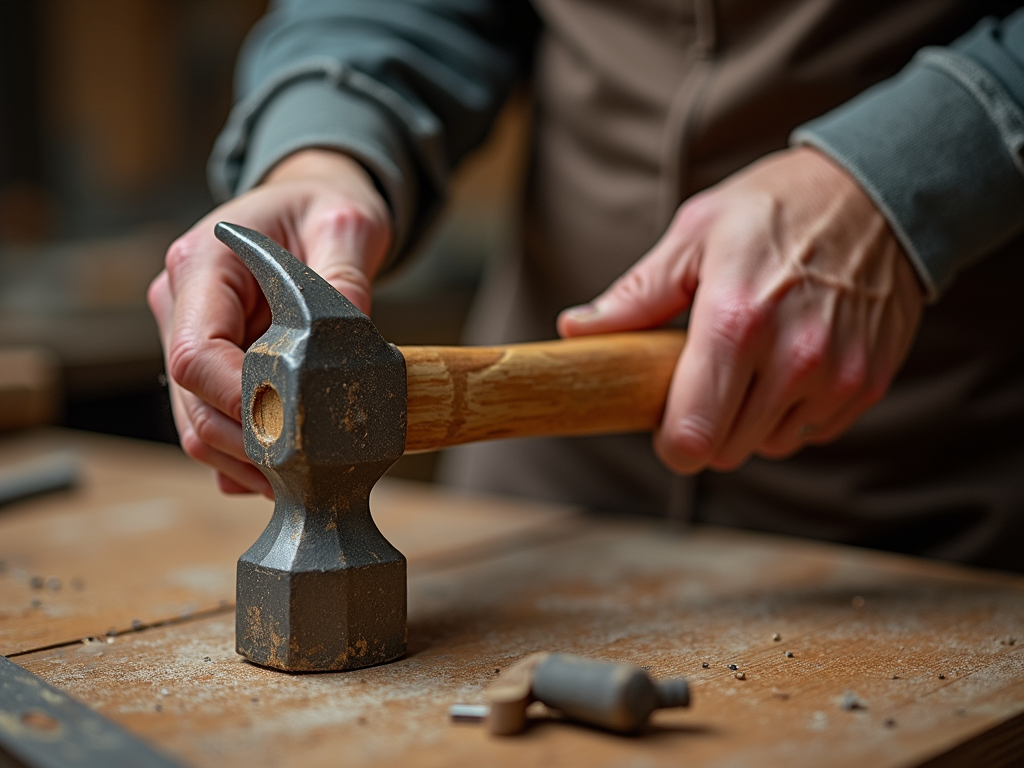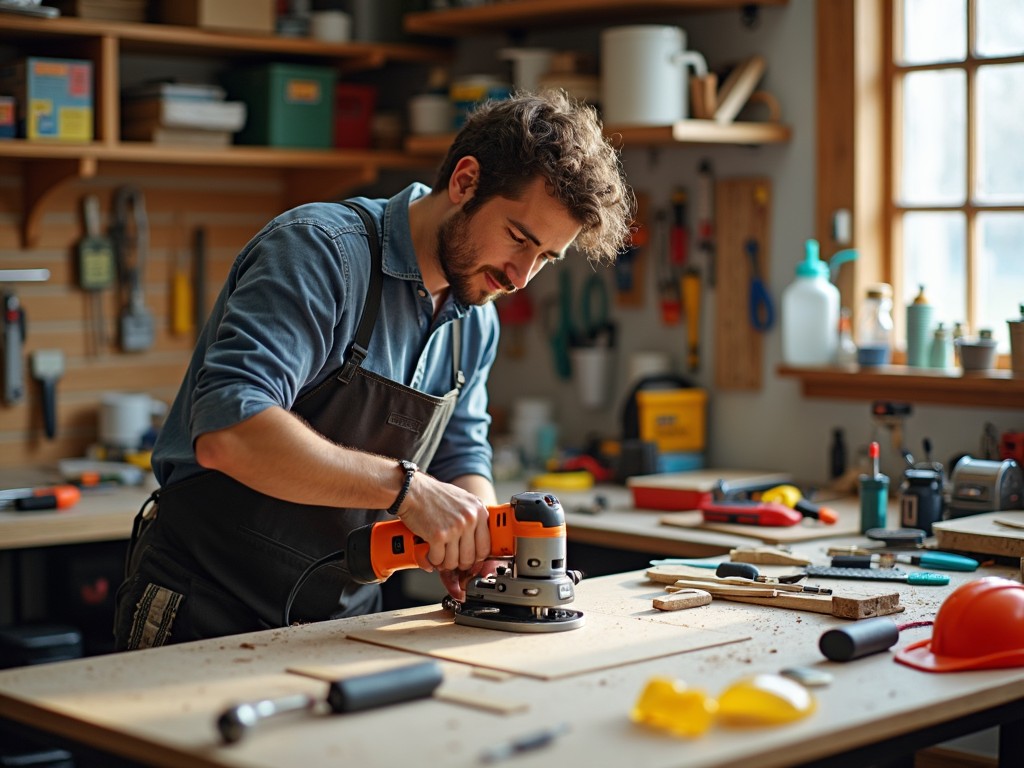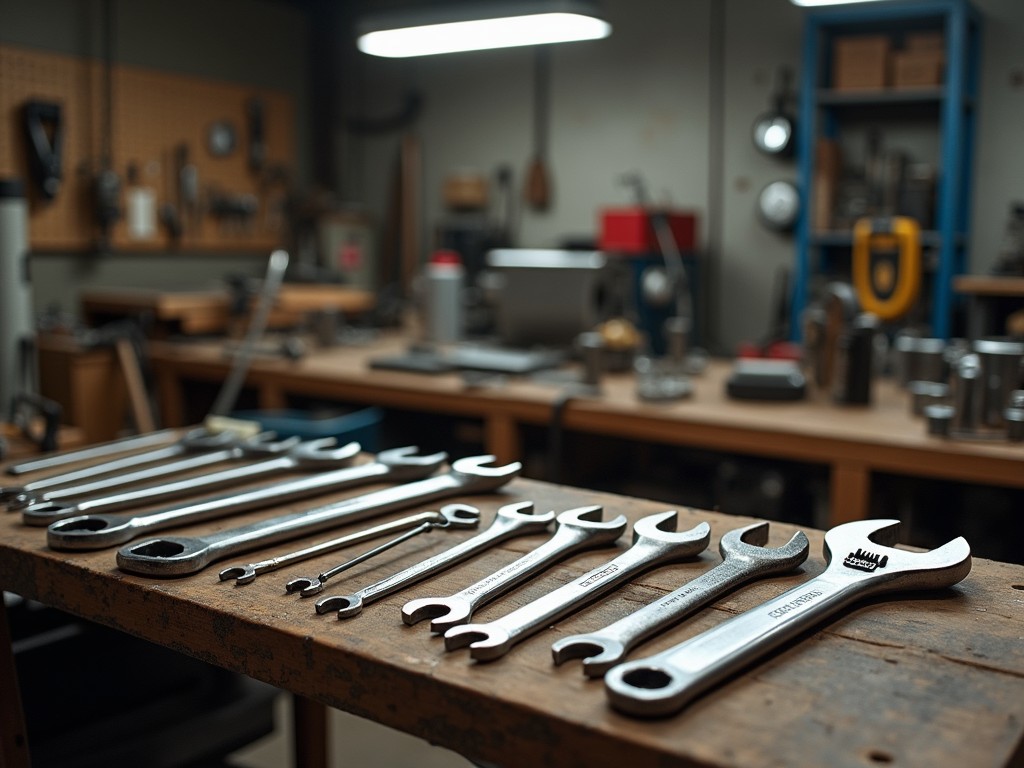Understanding Hammer Dynamics and Ergonomics
Using the right hammer can greatly enhance work efficiency and reduce fatigue. This article delves into the dynamics and ergonomics of hammers, providing valuable insights for craftsmen and hobbyists alike.

The Importance of Hammer Dynamics
When you understand hammer dynamics, you're not just recognizing the tool's weight and balance. It's about how the energy from your swing is transferred to the nail. A well-designed hammer maximizes this efficiency, saving time and effort.
- Momentum: The mass and speed of the hammerhead influence its striking power.
- Swing Arc: A longer swing allows for a powerful impact, but requires more skill.
- Contact Surface: A flat face ensures consistent hits.
Consider how these elements might change in different work environments and with different materials. Experienced craftsmen often intuitively select the right hammer for the job, based on these dynamics.
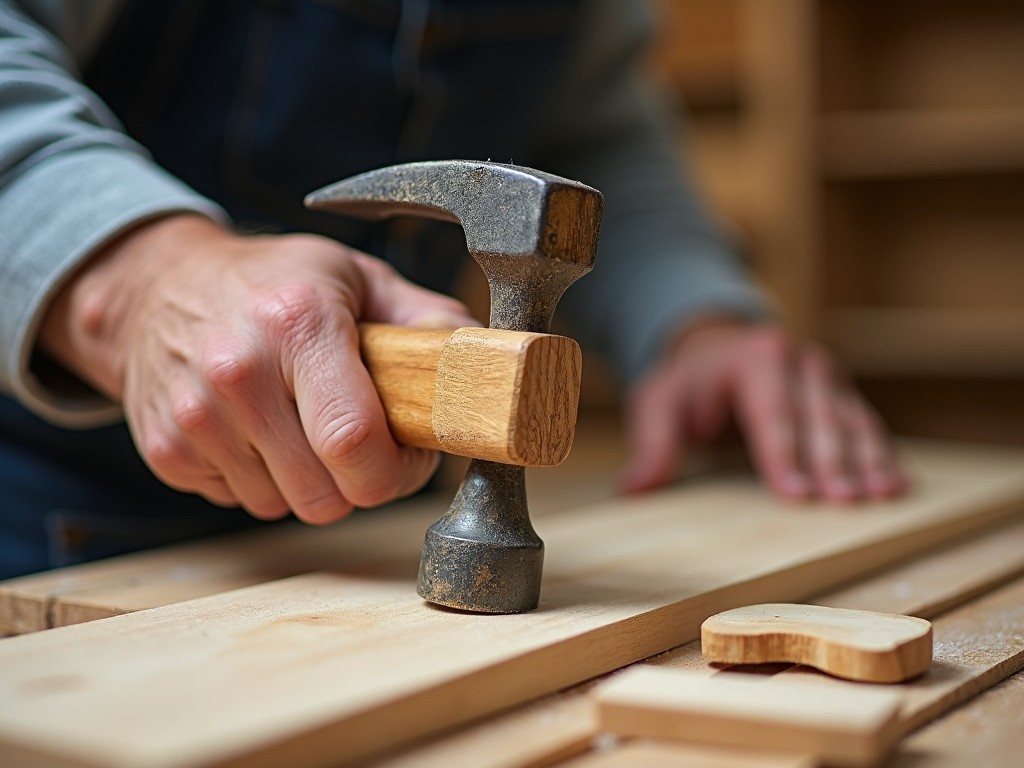
Ergonomics: Respecting the Body’s Limitations
Ergonomics in hammers concerns how the tool design aligns with the body's natural movements. A hammer's handle should fit comfortably in your hand and be of a length that complements your wrist movement. Ergonomics reduces strain and prevents injuries.
Key Ergonomic Features:
- Grip Material: Non-slip rubber handles prevent accidents.
- Handle Length: A longer handle provides leverage but may be cumbersome for tight spaces.
- Weight Distribution: Even distribution reduces shock to the arm.
Opt for hammers with features that align with your task frequency and intensity.

Personal Insights and Practical Tips
In my experience, using hammers with poor ergonomics leads to quicker fatigue and sometimes even minor injuries. When I switched to ergonomically designed hammers, I noticed a remarkable decrease in my joint pain after prolonged use.
Pro Tips:
- Try Before You Buy: Hold a hammer and simulate a swing to feel its balance.
- Listen to Your Body: If a tool causes discomfort, it may not be the right size or style.
- Regular Maintenance: Keep hammers clean and check for damage to maintain their ergonomic benefits.
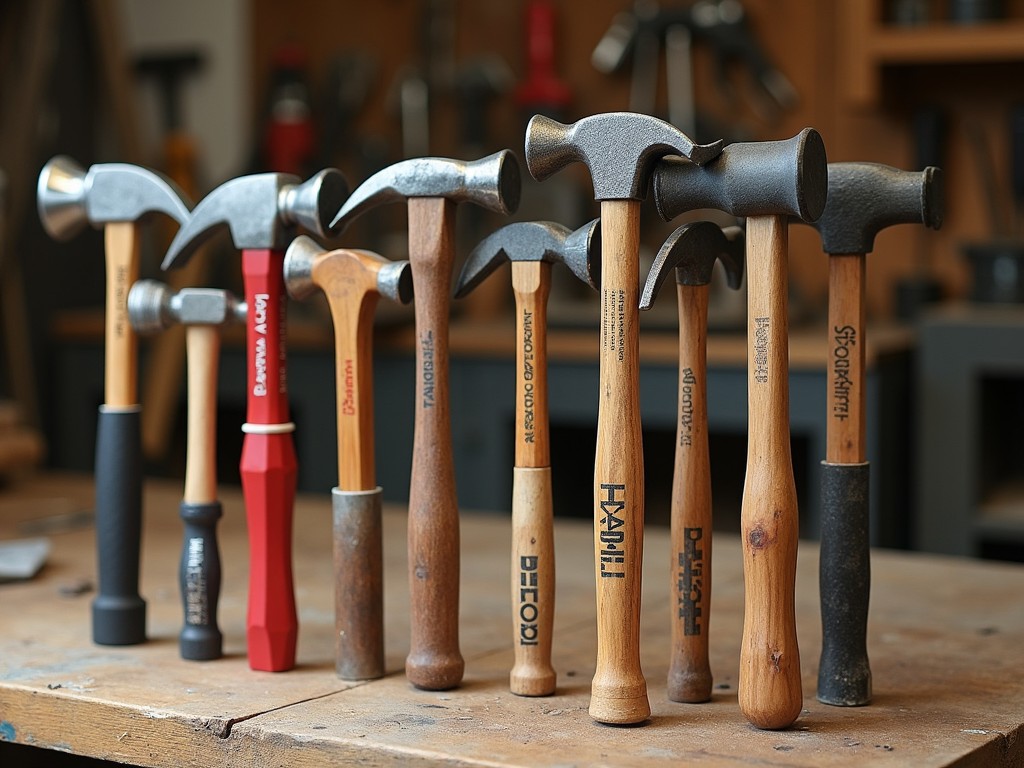
Conclusion
Understanding hammer dynamics and ergonomics is key to improving productivity and safety. By choosing the right hammer, workers can avoid unnecessary stress on their bodies and enhance their work quality. Consider investing in a good hammer as an investment in your work's precision and your health.
For more insights on selecting and using the best tools for your work, check out the recommended readings below.
Related understanding hammer dynamics and ergonomics:
- 10 Must-Have Tools for Every Craftsman
- Power Tools for Beginners: An Expert Guide
- A Comprehensive Guide to Using a Hammer Safely
- Essential Workman Tools for Everyday Use
- Essential Workman Tools for Professional Builders
- Best Power Tools for Car Repair
- Top Wrenches Mechanics Love
- Top Ratcheting Wrenches for Quick Repairs
- Safest Tablesaws for Woodworking
- Tool Organization Tips for Painters
- Must-Have Tools for Every Toolbox
- Power Tool Safety Tips
